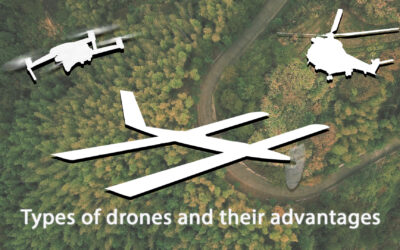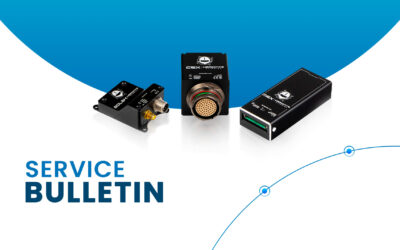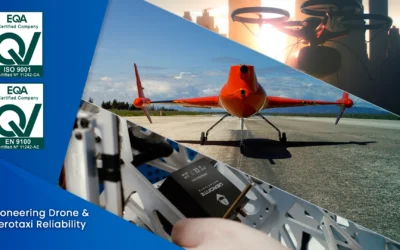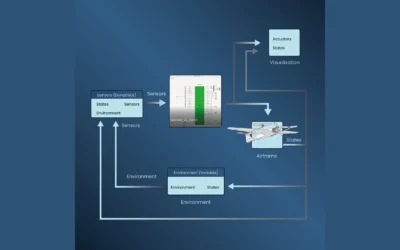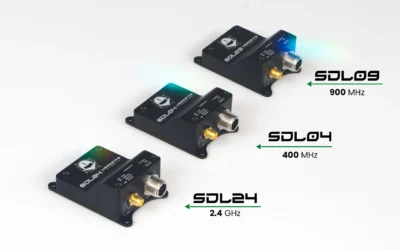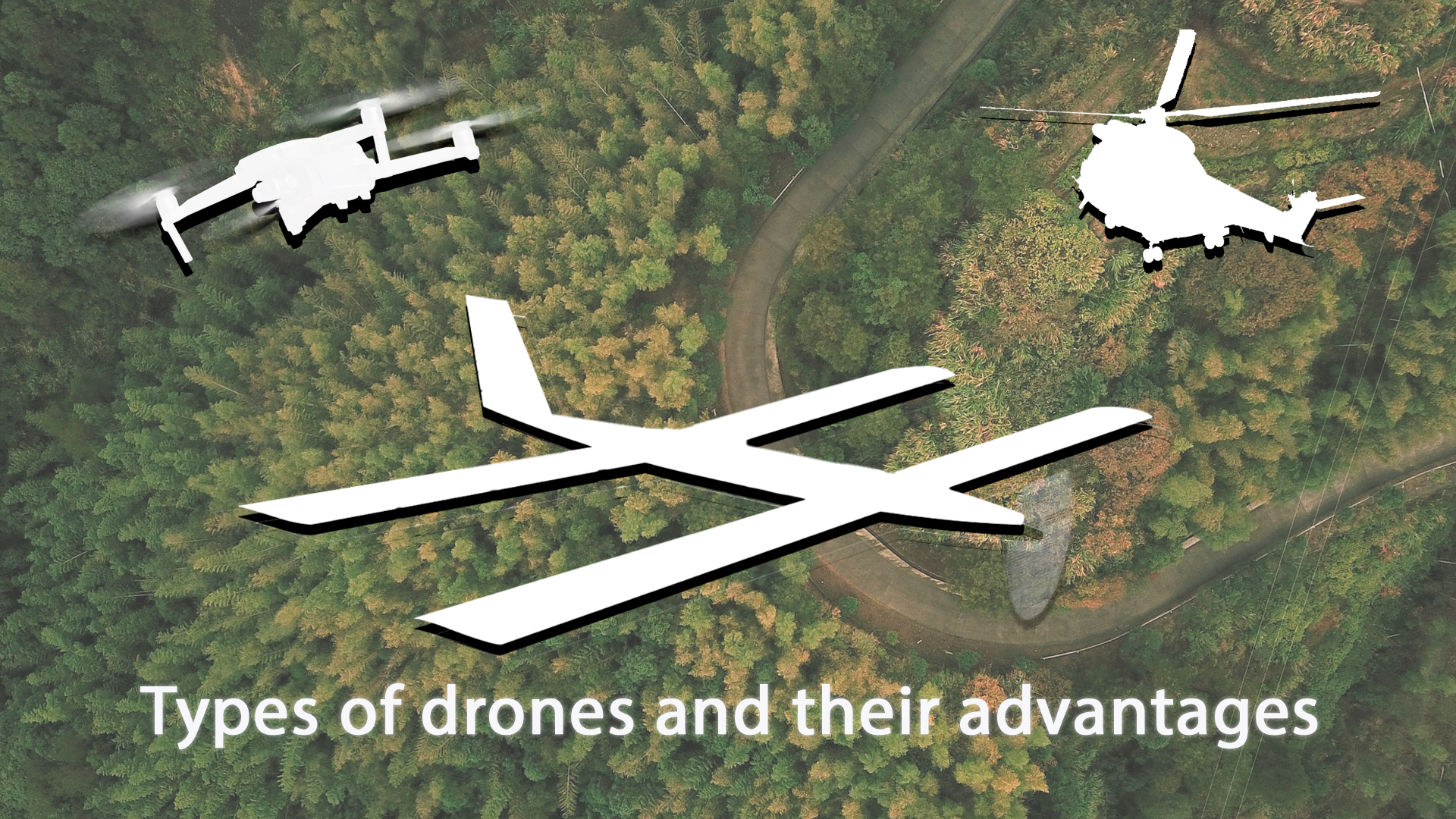The Veronte SIL (Software-in-the-Loop) is a ground-breaking approach developed to handle the obstacles connected with hardware issues during the development of autopilot algorithms. Using this technique, developers may streamline their workflow and concentrate on expediting the development, testing, tuning, and debugging of control and estimation laws, without being hampered by hardware issues.
No physical hardware required
One of the primary benefits of the Veronte SIL is its ability to eliminate the need for physical hardware during the early stages of development. This means developers can avoid the complications and costs involved with hardware integration, allowing them to focus purely on improving their algorithms. The Veronte SIL creates a controlled environment for lengthy testing and assessments by modeling vehicle dynamics and sensor data within the high-fidelity flight simulator.
Accuracy of vehicle dynamics simulation
The Veronte SIL allows engineers to mimic nonlinear vehicle dynamics around the elliptic Earth with astonishing accuracy. The simulator creates sensor data with accurate accuracies, frequencies, and parameters, allowing developers to fine-tune their algorithms using actual circumstances. By separating the software from the hardware, the Veronte SIL enables independent testing and verification, ensuring that the algorithms are resilient and dependable.
By removing hardware concerns, the Veronte SIL greatly decreases development time and resource requirements. Developers can repeat and optimize their algorithms more efficiently by detecting and debugging bugs in a simulated environment before deploying them to physical hardware. This iterative technique results in faster development cycles, better algorithm performance, and lower development costs.
Furthermore, the Veronte SIL is a versatile and adjustable platform that can support a variety of vehicle configurations, including fixed-wing aircraft, multi-rotors, and VTOL platforms. This adaptability enables developers to test the performance of their algorithms across a variety of aerial vehicles, assuring compatibility and optimal operation.
In conclusion, the Veronte SIL transforms autopilot algorithm development by reducing the influence of hardware issues. By simulating nonlinear vehicle dynamics and giving realistic sensor data, developers can concentrate completely on fine-tuning their algorithms, expediting the development process, and offering strong control and estimation laws. By removing hardware limits, the Veronte SIL improves efficiency, lowers costs, and ultimately contributes to the development of more dependable autopilot systems.

